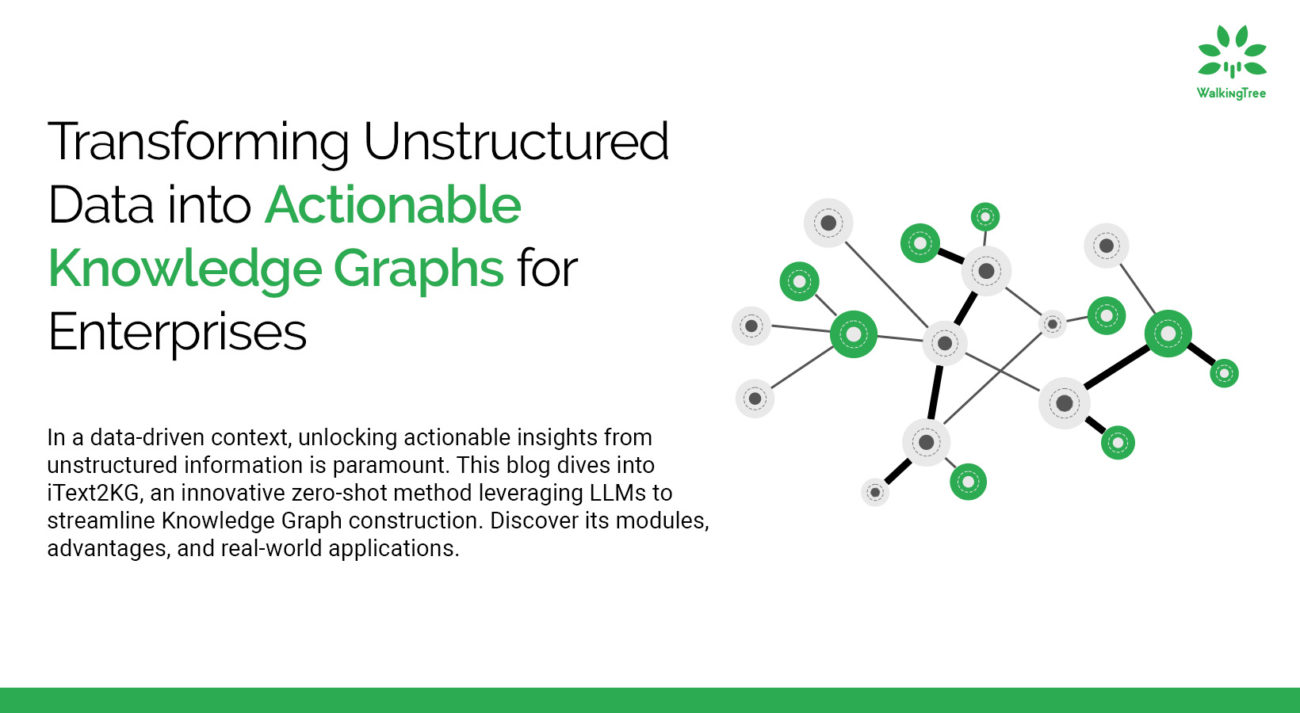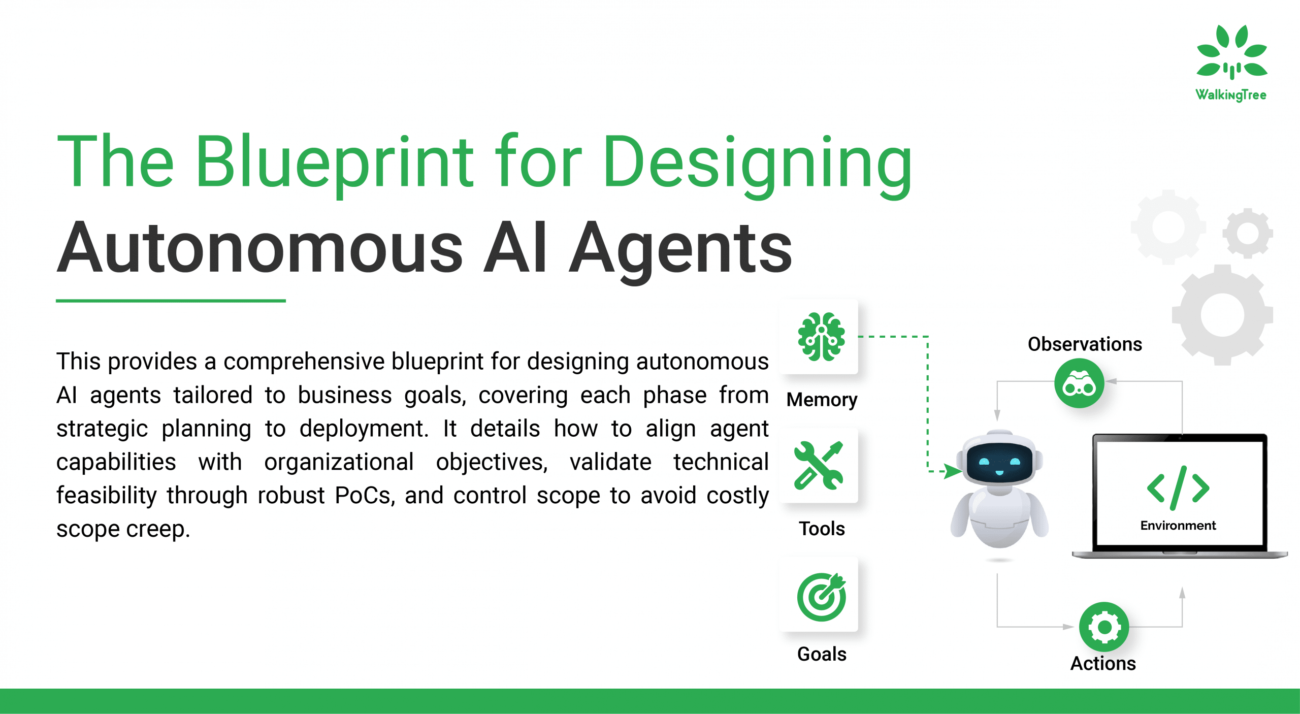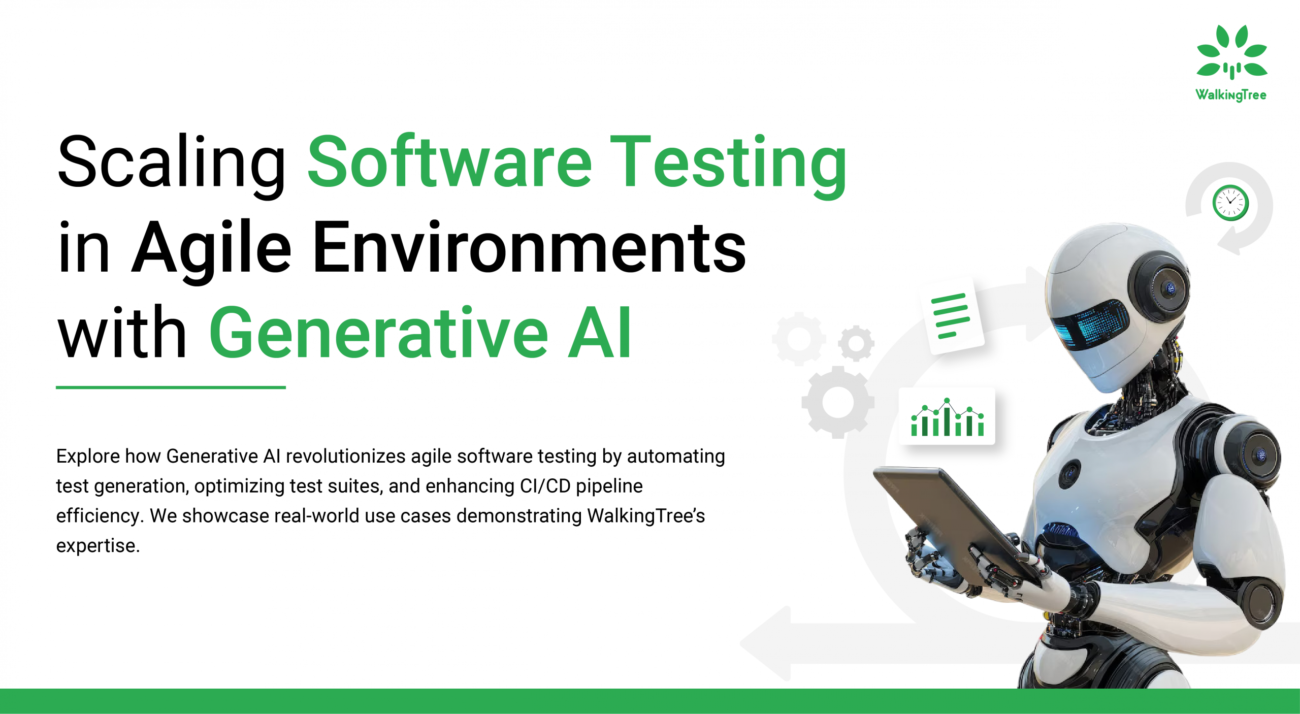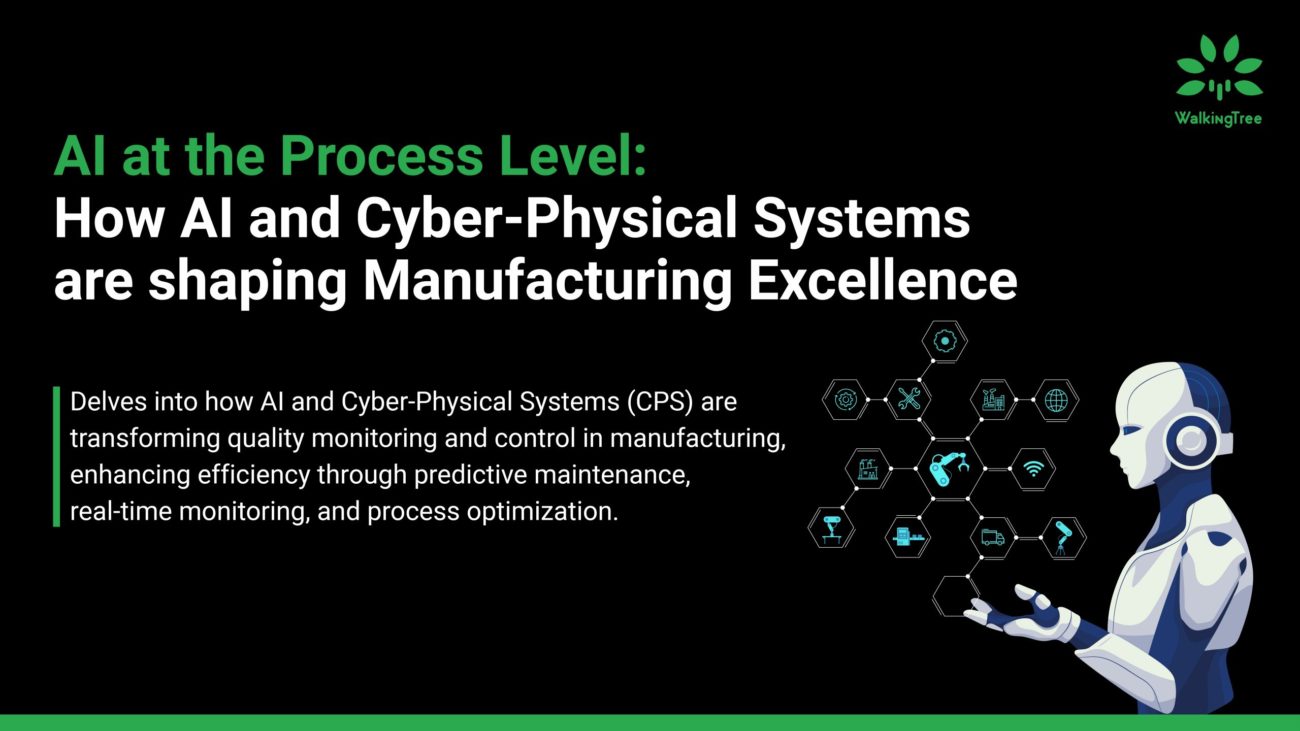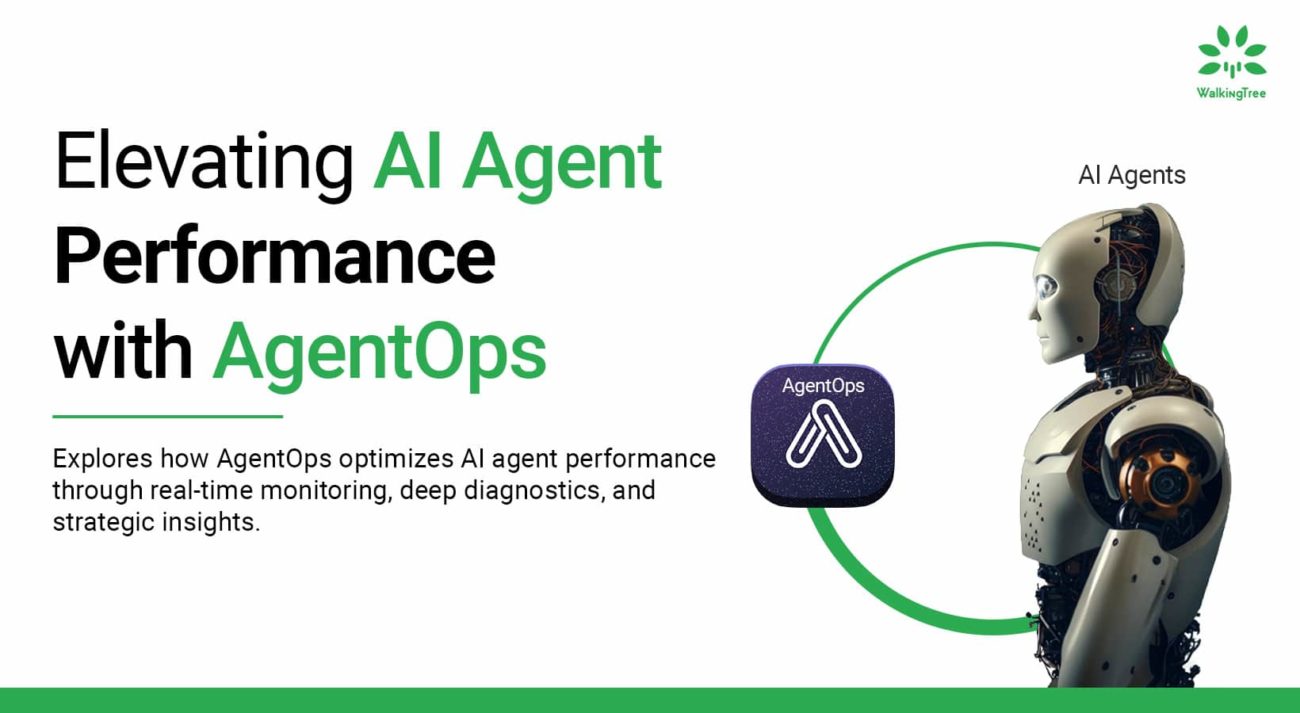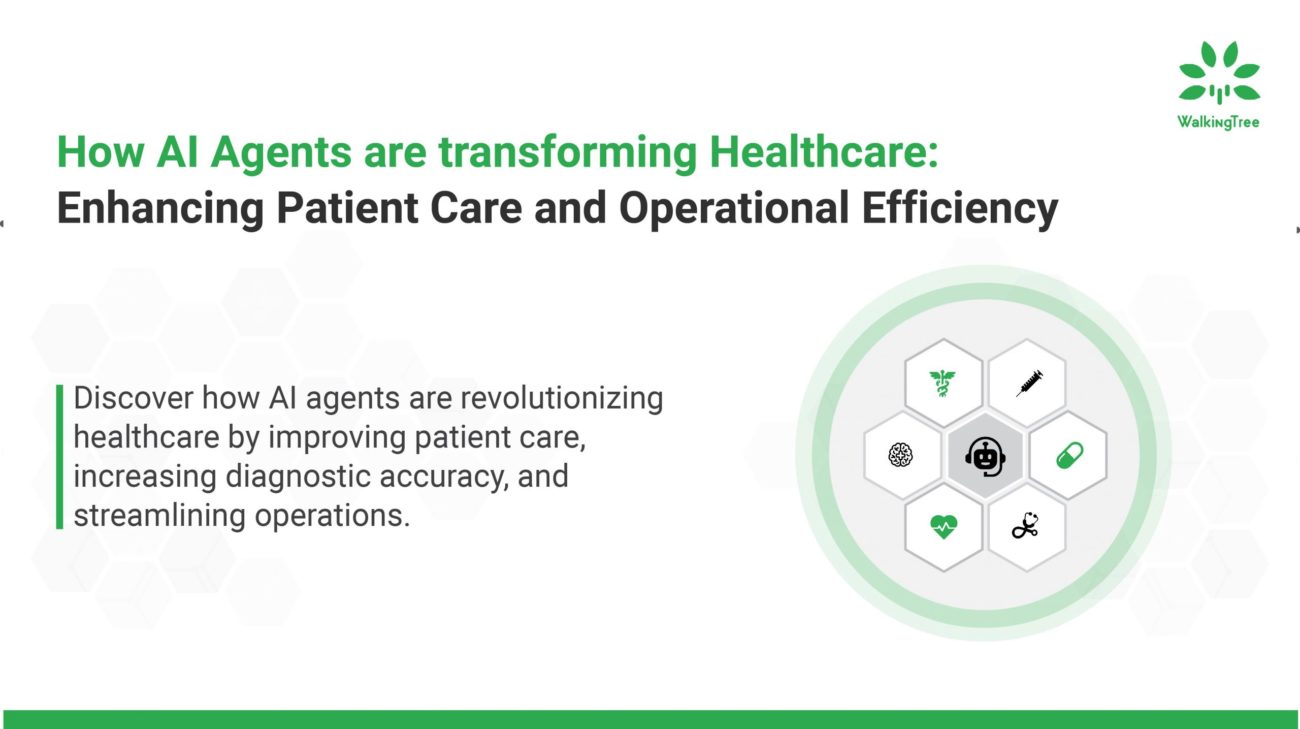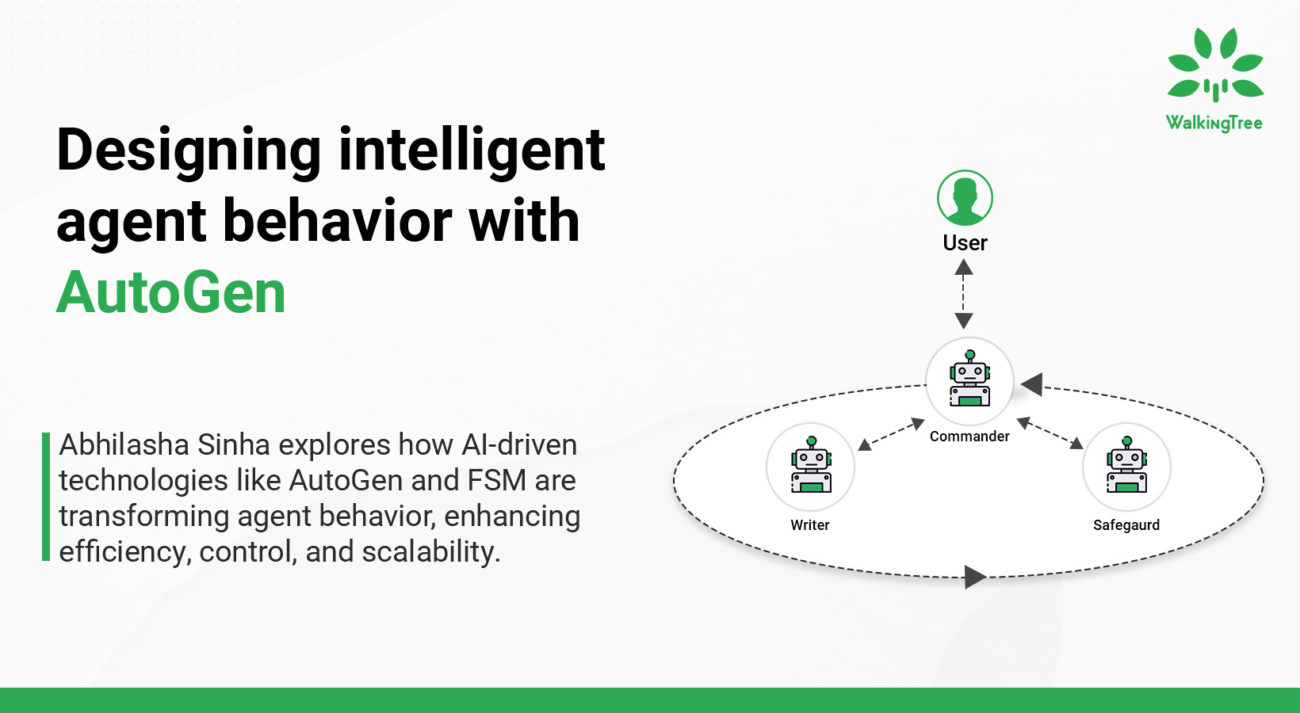Revolutionizing DevOps Testing with Machine Learning
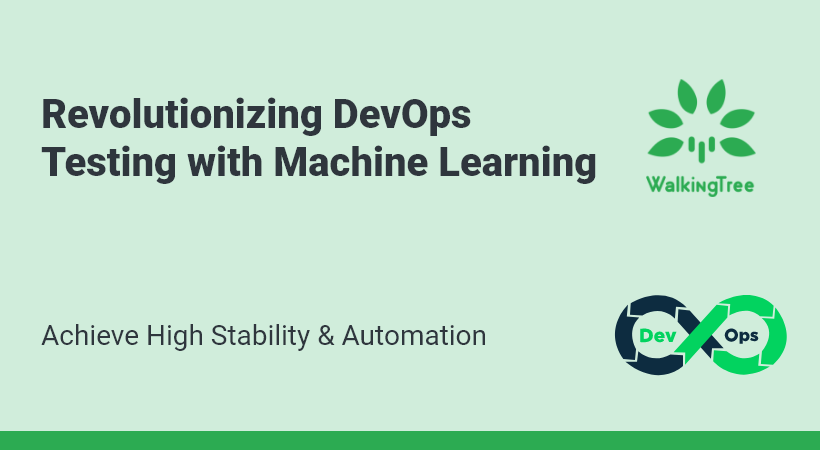

The revolution in development and testing has taken place over the past decade with the introduction of DevOps across diverse industries. But the challenges in DevOps testing still remain a critical issue for the majority of the enterprises thriving for success. According to Gartner, by 2023, 90% of DevOps initiatives are likely to fail unless the proper approach is taken. The stakes are high but the potential of DevOps is even higher. And that’s where Machine Learning (ML) in DevOps testing comes to play.
Irrespective of the industry you are operating in, ML in DevOps testing is worth exploring to grab the low-hanging opportunities and gain more competitive advantages. The main goal of DevOps engineering is to speed up the software development process so that clients receive value more quickly without sacrificing code quality. Over the past ten years, traditional DevOps has advanced significantly, making it possible for many enterprises to build a CI/CD pipeline.
The majority of the time, teams continue to use a mix of manual and human-driven automation procedures. This isn’t optimized as well as it might or ought to be. With DevOps becoming widely used, the most fundamental and obvious questions arise: what obstacles will I have when using it?
Despite the industry-wise acceptance of DevOps today, numerous opinion polls/surveys reveal a lack of governance, understanding, and knowledge when it comes to creating new and innovative application environments and testing them. Following are some of the main obstacles that organizations encounter when adopting DevOps:
Challenges & Restraining Factors in DevOps Testing
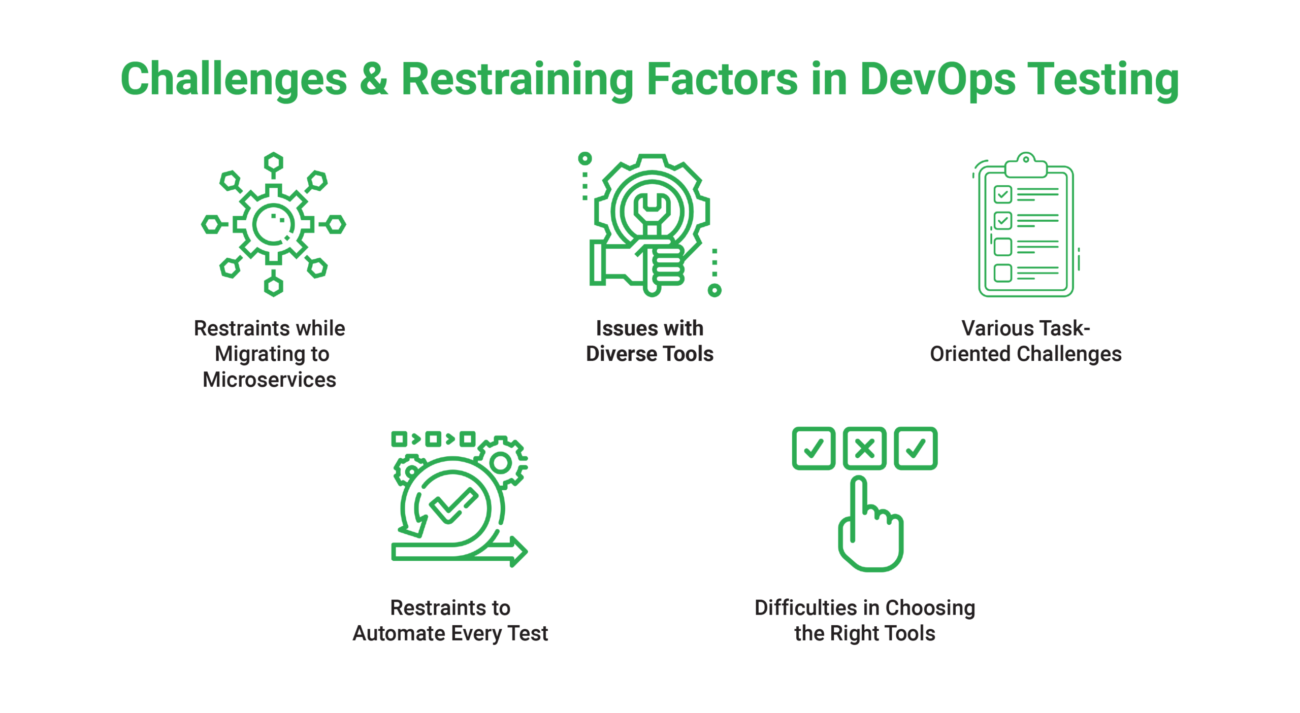
1. Restraints while Migrating to Microservices
Older, monolithic infrastructure has to be replaced because it could cause stability problems. The utilization of infrastructure-as-code and microservices will pave the way for more rapid development and competitive breakthroughs.
Regardless of the reputation it once had, business processes will quickly be supplanted if they cannot adapt to change. Moving to microservices, however, comes with its own set of challenges because it requires a foundation of automation, configuration management, and continuous delivery to be able to handle the extra operational responsibilities that microservices provide.
2. Issues with Diverse Tools
People are inclined to use the plethora of technologies at their disposal when transitioning to DevOps. The group’s members grow overly reliant on the tools, even when they only need to address the most minor problems. Organizations grow dependent on instruments because giving short-term gains more priority over long-term goals.
However, if team members are not adequately trained on the use of a recently introduced tool, it may cause misunderstanding. Some of the technologies are SaaS-based or open source, which makes it simple to adopt them without permission and raises the risk of damaging the organization’s well-being. Teams should be provided with a tool library from which to choose the most appropriate tools.
3. Various Task-Oriented Challenges
Since no set structure would assign the specific employee on how they should advance with a project to attain the desired goal, it may be difficult for people who are used to blindly following rules to adopt DevOps. To choose a plan of action, the teams must take proactive decisions from time to time.
The majority of it is in an unstructured format. In essence, there aren’t any centralized processes for DevOps teams. that could pick the best tools and systems for the team or a specific person. Undoubtedly, a system like this offers team members a lot of room for creativity and the ability to take personal responsibility. However, it can hamper productivity.
Different training techniques could confuse the team members. These are the most fundamental difficulties that every organization must overcome as they consider adopting DevOps. However, addressing these issues head-on will make the move much easier down the road, as everyone will gradually get used to it. Once the metrics of the Dev and Ops teams are mapped, they will be able to work much more closely together.
4. Restraints to Automate Every Test
The issue with testing in earlier years may have been insufficient automation. The first step in achieving this was to get testers to join the automation bandwagon and to actively participate in and perform automated tests. The difficulty right now is that we’re attempting to automate everything.
This leads to enormous, unmanageable test suites that require more time for upkeep than actual testing. Additionally, since they cannot run continually, automation is rendered useless. The advantages of automation are well known. But we must also acknowledge that not all tests are suitable for automation.
5. Difficulties in Choosing the Right Tools
Since we must choose diverse tools like mabl, ZAPTEST, and others to create our own DevOps pipeline, we are presented with a plethora of options on the market. There are always chances of placing our bet on popular ones without verifying their effectiveness for our projects.
We must conduct a market analysis to find the best fit for both our staff and our project. The tools we choose must be appropriate for the situation, satisfy our particular project requirements, and be something that our team can use and leverage. Therefore, before you finish any tool you add to your project, conduct your own POCs, let your teams try it out, and have adequate demos and pilots.[/vc_column_text][vc_column_text]
The Role of Machine Learning in DevOps Testing
1. Auto Code Review
AI and ML systems are already able to undertake automated code reviews and code analysis based on thought data sets in the early stages of software development, from the coding itself (the inputs to an ML algorithm, based on which the machine acts and responds.) These lessen the need for human interaction.
Additionally, users can automatically distribute the workload of reviews among team members using code management and collaboration tools. The ultimate result is earlier discovery of programming errors, security problems, and other errors that such algorithms can easily identify. Additionally, these tools reduce noise in code reviews. Automated code reviews not only find errors but also uphold coding and security standards.
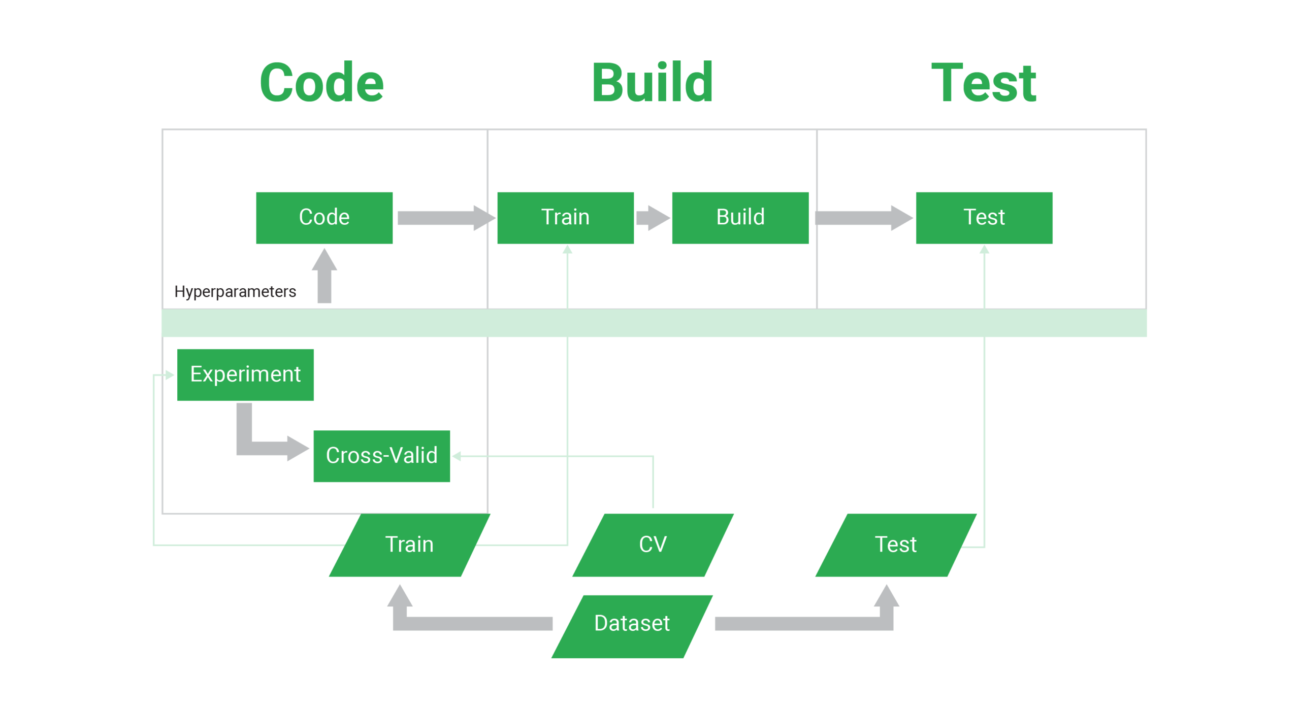
2. Tests Focused on Self-Healing
Functional and non-functional testing comes after post-build acceptance and integration in the coding process. In the DevOps industry, self-healing test code, maintenance, and code generation using AI and ML are all becoming commonplace.
Test automation can be a significant bottleneck and is frequently the cause of project delays. The testing process is slowed down by erratic, unreliable automation. Constant changes to the apps being tested and the components being used in the tests are some of the primary reasons for unreliable test automation. Intelligent technology can assist in spotting these changes and modifying tests to increase their stability and dependability.
3. The Facility of No-Code Low-Code Tools
It can be expensive and difficult to find people with the abilities necessary to write reliable test code, especially for digital programs like web and mobile. In this situation, AI and ML testing technologies may produce tests automatically with very little to no coding at all by learning the app flows, screens, and objects.
The testing equipment has the ability to repair itself. More people in your team can contribute to the creation of test automation thanks to low- or no-code solutions. They also provide engineers more time to devote to other important tasks, including coming up with novel new features.
More people in your team can contribute to the creation of test automation thanks to low- or no-code solutions. They also provide engineers more time to devote to other important tasks, including coming up with novel new features.
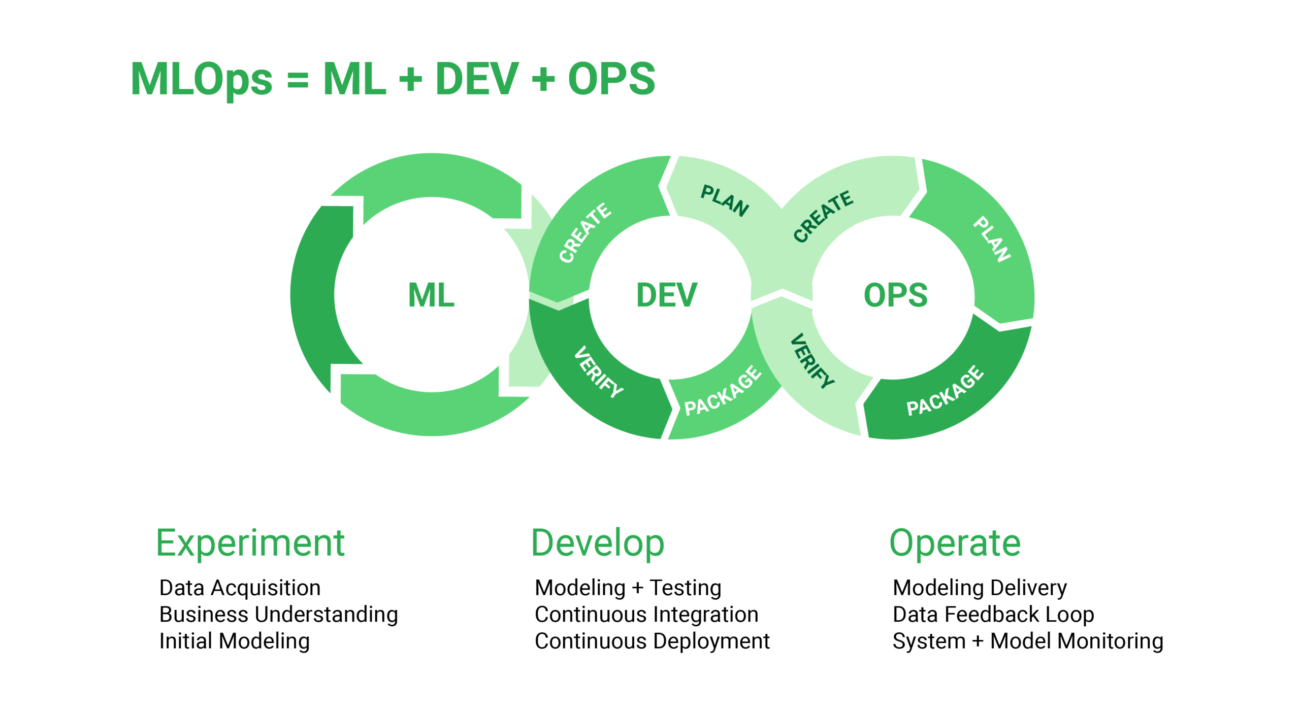
4. Leveraging Robotic Process Automation
An additional layer of test automation using AI and ML that is emerging is RPA (robotic process automation). Robotic Process Automation (RPA), a business automation solution for testers and business users, is what RPA Testing stands for. Despite the availability of numerous more web and API testing tools, RPA solutions are more practical and you can use codeless automation macros on the desktop. Both regression testing and test data can be used with RPA tools.
Evidently, test automation differs from manual testing. Exploratory tests take longer when automated testing is used, although it takes less time overall. For large projects that call for recurrent testing in the same region or tests that have already undergone manual testing, test automation is ideal. Such technology can be utilized to automate a lot of manual, time-consuming, error-prone, and hard-to-automate processes within large organizations.
5. Unleashing the Possibilities with AIOps
Prior to and after releasing the code, throughout the DevOps process, AI and ML are driving the development of AIOps technologies. In addition to smart APM (application performance monitoring), an AIOps comprehensive solution also makes use of ITIM (IT infrastructure monitoring) and ITSM (IT service monitoring). These work together to create a thorough layer of production and operational insights analysis that can be used with big data and cutting-edge current software architecture (microservices, cloud, etc.).
Teams may concentrate on assessing the service health of their apps while gaining control and visibility over their production data thanks to the strength of AI-based operations. With that, DevOps teams can quickly and continuously use automated issue management to reduce their MTTR. In this case, AI and ML are even more capable in terms of logging observability, trends, and predictions within active apps, among other things.
Teams can lessen and frequently avoid service outages by utilizing such AIOps portfolio products (predictive alerting). They can also speed up the resolution of support tickets, swiftly examine big log files, and pinpoint root causes and classifications (security, network, servers, etc.).
6. Using the Test Impact Analysis Tools
After test execution is complete, AI and ML test impact analysis (TIA) tools are in a good position to advise decision-makers on which tests should be included in the following build, which regions are not covered, and other matters. According to data from thought tests, AI and ML systems may detect fundamental causes of errors and significantly reduce the mean time to resolution (MTTR).
7. Better Test Stability
Every time a new build is sent for testing or new functionality is added to the app being tested, test engineers in traditional test automation projects frequently struggle to keep the scripts up to date.
The majority of the time, these events cause the test automation scripts to fail. This can be because a new element ID was added or altered since the prior app, a platform-specific feature or popup was added, or both. New OS versions generally alter the user interface (UI) and add alerts or security popups on top of the app in the mobile environment. A typical test automation script would be destroyed by these kinds of unforeseen events.
A test automation framework with AI/ML and self-healing capabilities can automatically detect changes made to an element locator (ID) or a screen or flow that was introduced between preset test automation stages, and either repair them right away or warn the developers and offer a simple workaround. Naturally, with such features, test scripts incorporated into CI/CD schedulers will function much more smoothly and with less developer intervention.
The pipeline’s “noise” would be lessened, which would be another advantage. The majority of the testing brittleness previously described is caused by interruptions to automation scripts rather than actual faults. Teams will have more time to devote to real issues by proactively removing them with AI.
8. Helps Taking Quality-Driven Decisions
With DevOps, feature teams or squads are providing clients with fresh code and value virtually every day. The developers really benefit from knowing the degree of quality, usability, and other aspects of the code quality on each feature.
Teams may improve their maturity and produce better code quicker by employing AI/ML to automatically scan the new code, analyze security concerns, and discover test coverage holes. Code-climate, as an illustration, may examine all code changes following a pull request, identify quality problems, and improve the entire pipeline. The feature flags technique is also used by many DevOps teams nowadays to gradually disclose new features and conceal them in the event of problems.
Such decision-making could be simplified with AI/ML algorithms that automatically validate and compare certain releases based on predetermined datasets and acceptance criteria.
9. Utilizes High Volume of Test Data
Organizations that use Agile and DevOps and deploy continuous testing run a wide range of testing types numerous times per day. This covers several testing types, such as unit, API, functional, accessibility, and integration.
The amount of test data generated increases considerably with each test execution, which makes decision-making more difficult. Executives’ lives are made easier by the use of machine learning (ML) in test reporting and analysis, from identifying the main product concerns to visualizing the most unstable test cases and other areas to concentrate on.
Executives should be able to better analyze test data, recognize trends and patterns, evaluate business risks, and make choices more quickly and continuously with the help of AI/ML tools. For instance, finding out which CI tasks are longer or more valuable, or which platforms (mobile, web, desktop) are more error-prone than others. Without AI or machine learning, more manual interventions are needed.the labor is manual, it is prone to error, and occasionally impossible.
The Bottom Line
With the widespread adoption of DevOps, the success rate not only depends on it but how you optimize its potential. The application of ML in DevOps testing can eradicate the critical problems associated with DevOps testing causing the overall project failure. No wonder that the ability of enterprises to install and manage machine learning models efficiently is becoming increasingly important and Machine Learning DevOps (MLOps), a new discipline that is swiftly gaining ground is getting even more relevant.
It will be crucial for enterprises to comprehend how artificial intelligence may support faster and more streamlined development cycles and success as more of them seek to integrate this technology into their decision-making procedures.
To learn more about the DevOps testing with ML for your project, don’t hesitate to get in touch with us at connect@walkingtree.tech

